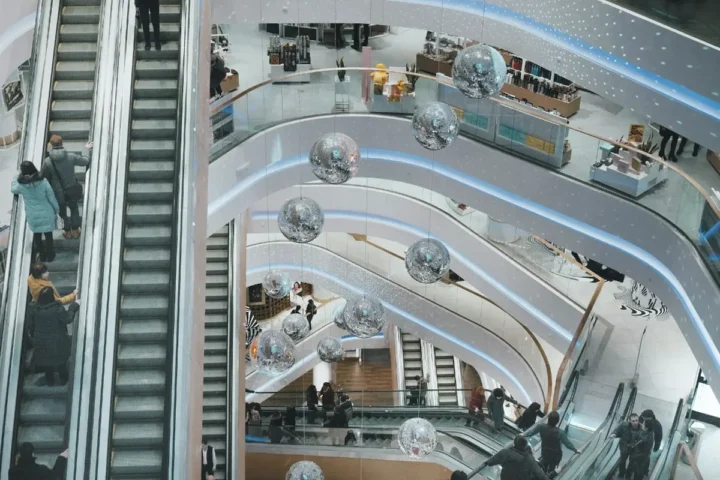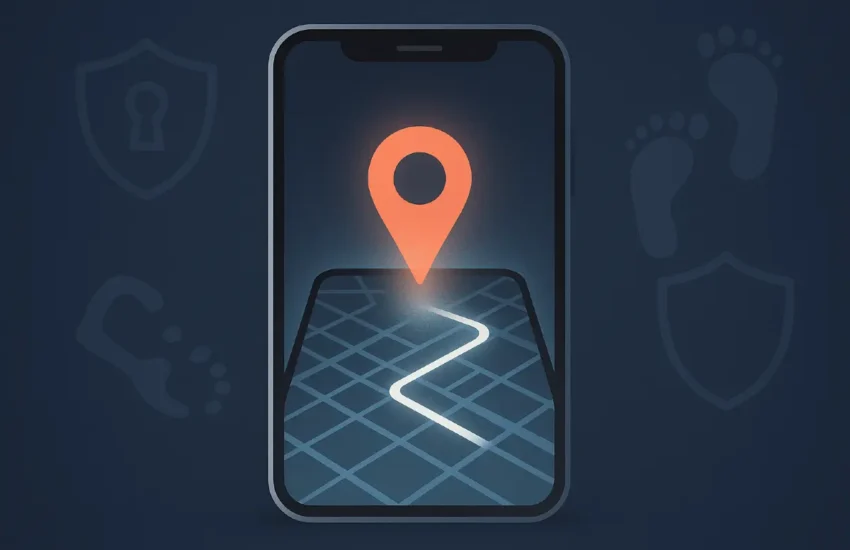Popular Technologies Used in Retail Stores
Retailers are using new tools to improve customer engagement and make operations smoother. With customers wanting more efficiency and personalized experiences, stores need to do more than just sell products. They must create enjoyable experiences with the help of technology.
Shoppers today want convenience and quick service. To meet these expectations, retailers are using various tech solutions. From mobile payment options to engaging digital displays, the retail industry is changing rapidly.

Let’s look at how you can use popular technologies to improve the shopping experience.
POS Systems
Modern point-of-sale (POS) systems have changed how checkout works. Long lines and old cash registers are becoming less common. Today’s POS systems are sleek and can speed up transactions while collecting useful data. Many stores now use tablet-based systems, which allow staff to help customers anywhere in the store.
These systems do more than just handle sales. They analyze customer behaviour, track inventory in real time, and create sales reports that help retailers make better decisions. With cloud-based options, store owners can access this data from anywhere, allowing quick adjustments to strategies. This integration creates a smooth experience for both staff and shoppers, increasing customer satisfaction.
Mobile Payment Solutions
Mobile payment solutions have changed how customers pay. Apps like Apple Pay and Google Wallet let shoppers make purchases with just a touch or tap, removing the need for cash or cards. This speeds up checkout and adds security that customers like.
Retailers also gain from mobile payments. They can streamline operations and gather data from mobile transactions, helping them understand customer habits better. By tracking popular items or peak shopping times, this technology gives retailers insights to improve their offerings and personalize the shopping experience.
Digital Signage Software
Digital signage has become a key marketing tool for retail stores in an age of short attention spans. These eye-catching displays can show promotions, highlight new items, or share important information in engaging ways. Retailers can manage content remotely with digital signage software, keeping displays fresh and relevant.
This technology not only grabs customer attention but also enhances the in-store experience. Imagine walking through a store where digital posters respond to customers’ movements or where promotions match real-time inventory. These innovations create a lively environment that encourages interaction and boosts sales. Retailers using digital signage can significantly influence customer choices at the time of purchase.
Augmented Reality
Augmented reality (AR) is changing retail by combining physical and online shopping. With AR, customers can see how products might look in their lives before they buy. For example, furniture stores let shoppers use an app to view how a sofa fits in their living room. Cosmetics brands offer virtual try-ons for makeup.
This technology gives retailers a powerful advantage. By making shopping interactive and personalized, they attract more customers and increase satisfaction while reducing return rates. When customers can visualize products in real-time, they feel more confident about their purchases.
Inventory Management Systems
Good inventory management is key to retail success, and technology has greatly helped. Automated inventory systems track stock levels in real-time and notify managers when items are low. This ensures popular products are always in stock, which reduces lost sales.
These systems also analyze past sales data to predict future demand. This helps retailers make better purchasing decisions. By using inventory management technology, stores can waste less, cut costs, and improve their supply chains, leading to more profits.
AI and Data Analytics
Artificial intelligence and data analytics are transforming retail. Retailers can use AI to analyze customer data, predict future shopping habits, and tailor marketing efforts. This includes sending personalized recommendations via email or offering targeted promotions through mobile apps.
AI chatbots now provide customer support 24/7. These bots answer questions, assist customers during shopping, and provide after-sales support, thereby improving the overall experience. By using data analytics and AI, retailers can create better connections with their customers.
Customer Relationship Management (CRM) Systems
Customer Relationship Management (CRM) systems are becoming essential tools for retailers looking to cultivate lasting relationships with customers. These systems allow retailers to collect, analyze, and manage customer interactions and data throughout the customer lifecycle. By doing so, they enable personalized marketing strategies and improved customer service.
With a robust CRM, retailers can segment their customer base to tailor communications and promotions based on individual preferences and buying behaviours. For example, they can identify loyal customers and provide them with exclusive offers or rewards, enhancing customer retention.


